
- Rag rug
- Re:Make

The idea is to make a high quality rug made of end customers old discarded bedlinen in mix with virgin production waste. The focus is longevity and material used in the rug is high quality cotton that had lost its value in its former context and has now got a new high value through this robust rug. The rug fits Shyness concept and aestethics and has the handfeel of quality and exclusiveness.
Cotton
Shyness Interior
The rag is made from both pre-consumer and post-consumer textile waste. Raw edges cut from fabric production, seen as left-overs, and discarded bedlinen provided from hotels. Since hotel-standards are high the bedlinen were still of high quality. Through digital technique the bedlinen were cut into stripes for rag rug weaving.
During the spring of 2022, three Rag rugs were made as a pilot project and instantly sold to a customer. The selling price per rug (5 500 SEK) was more than two times the original market price of the bedlinen it consisted of, showing the value added by the upcycling design process and highlighting the commercial potential in upscaling the project.
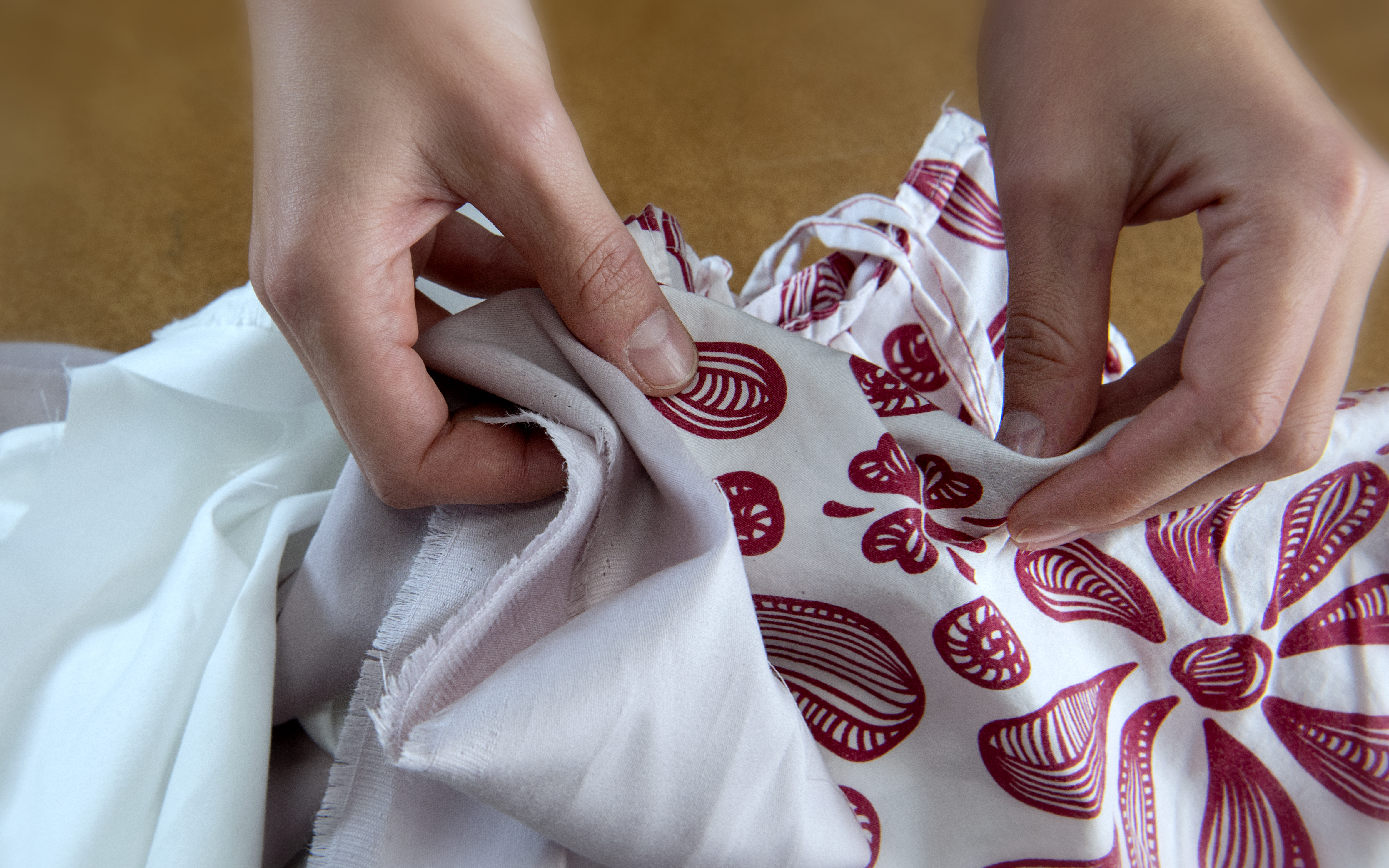
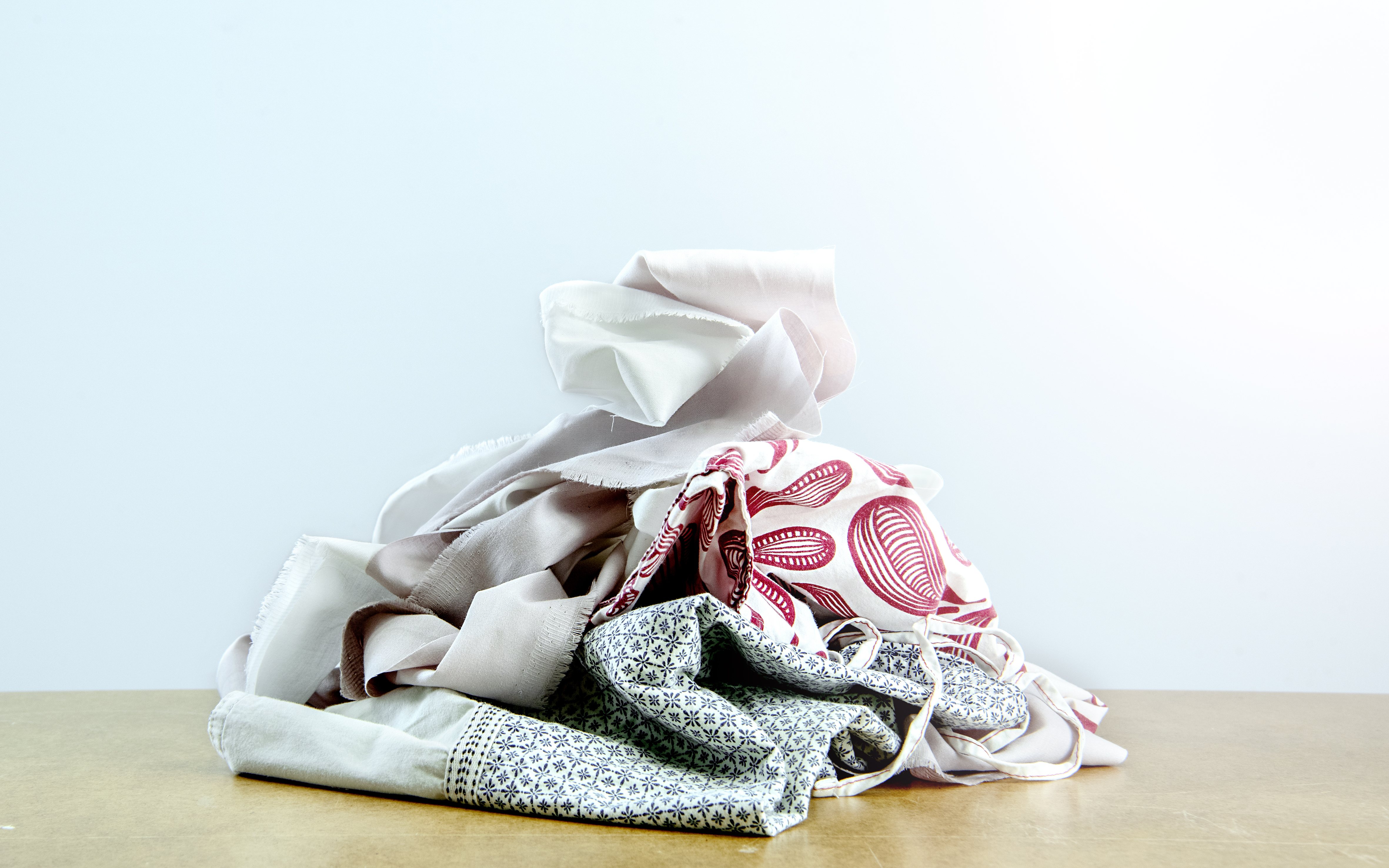
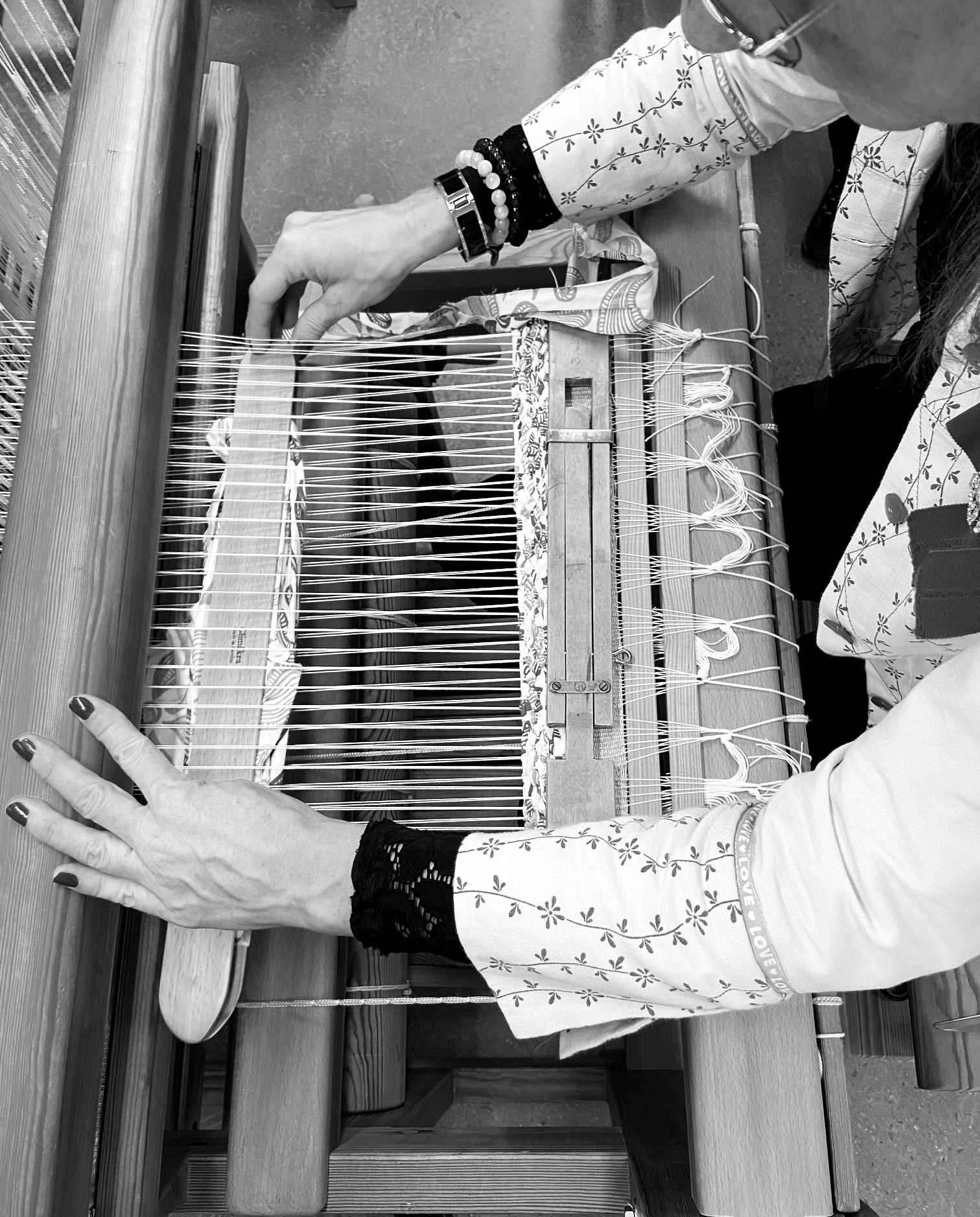

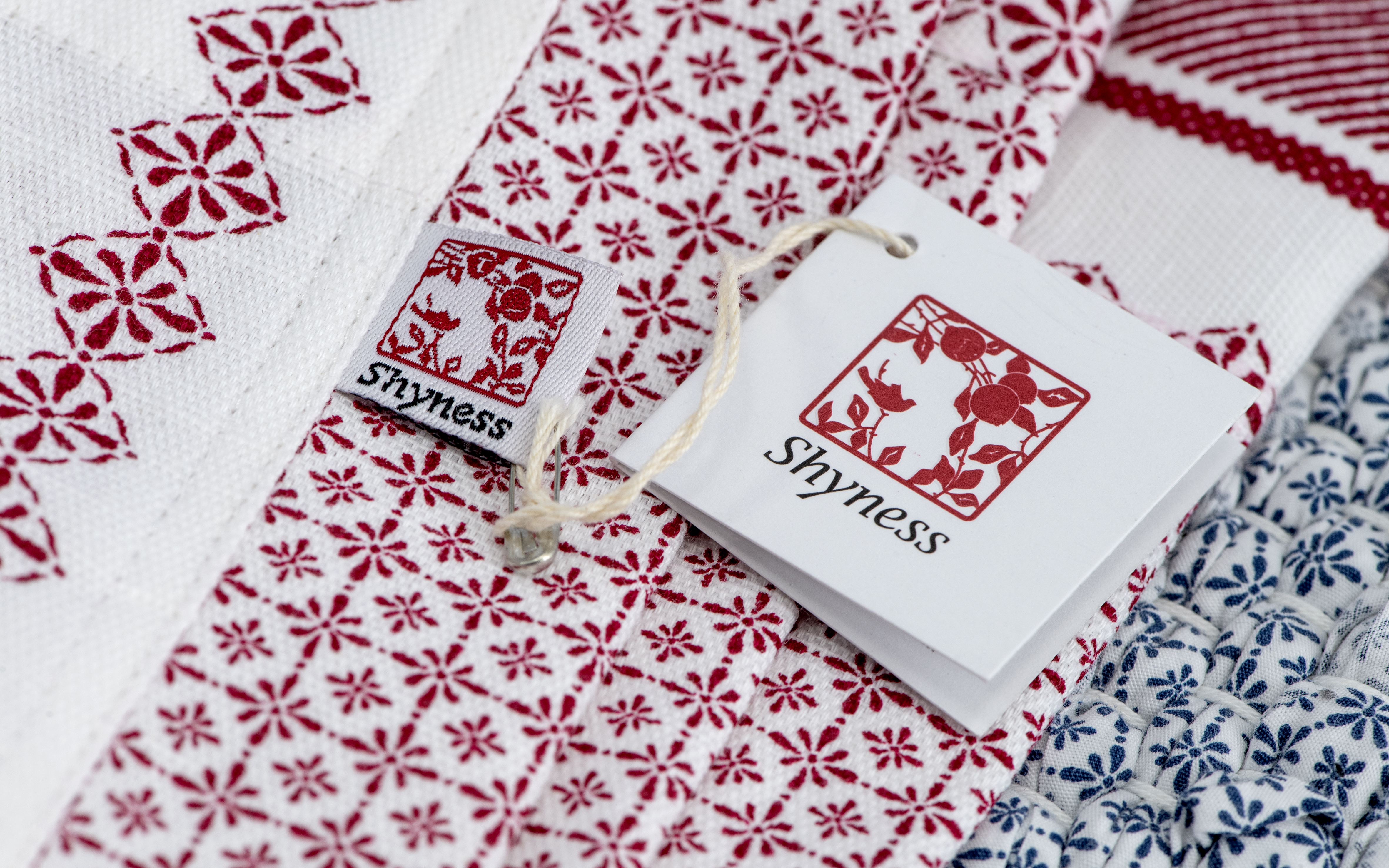
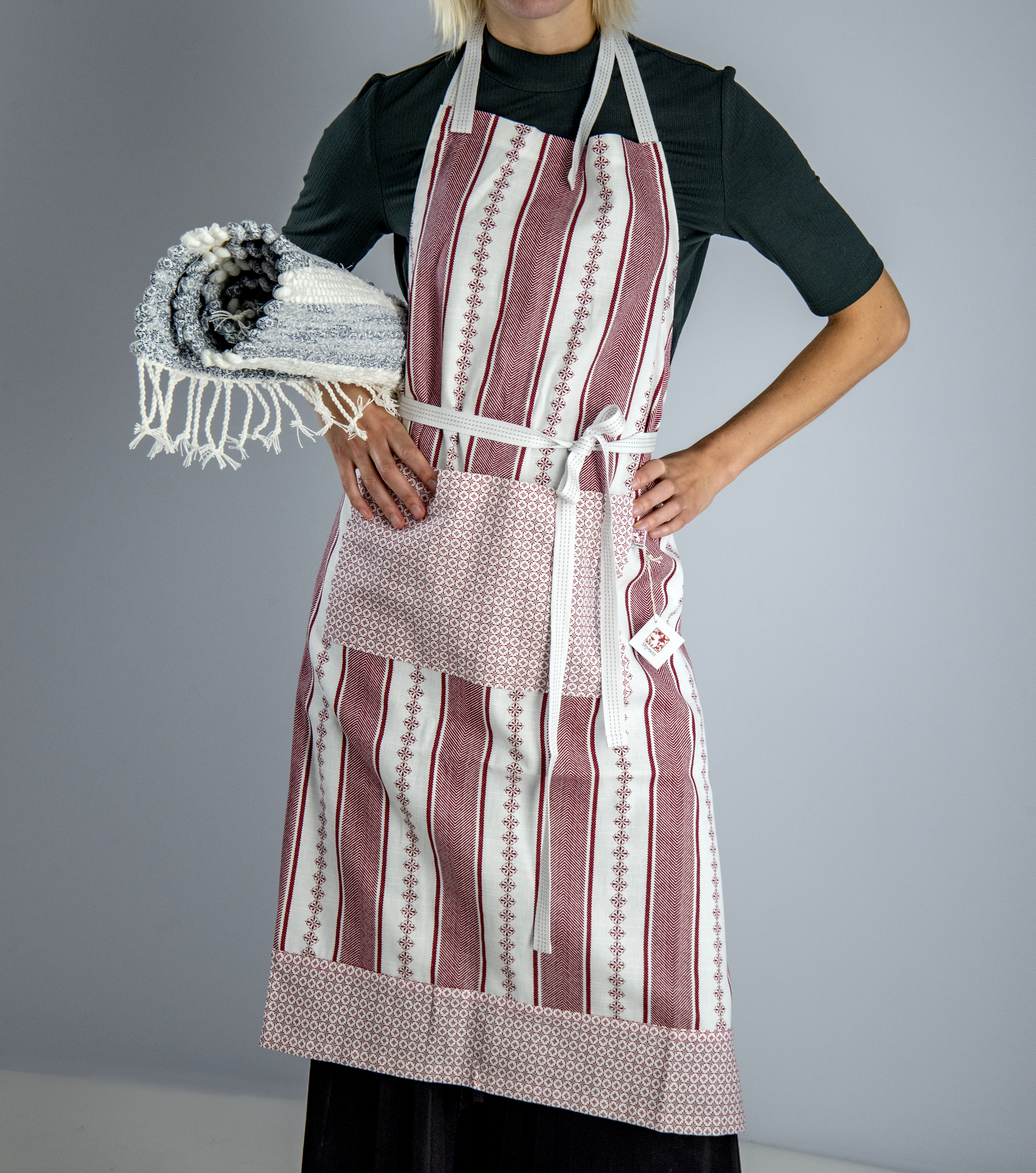
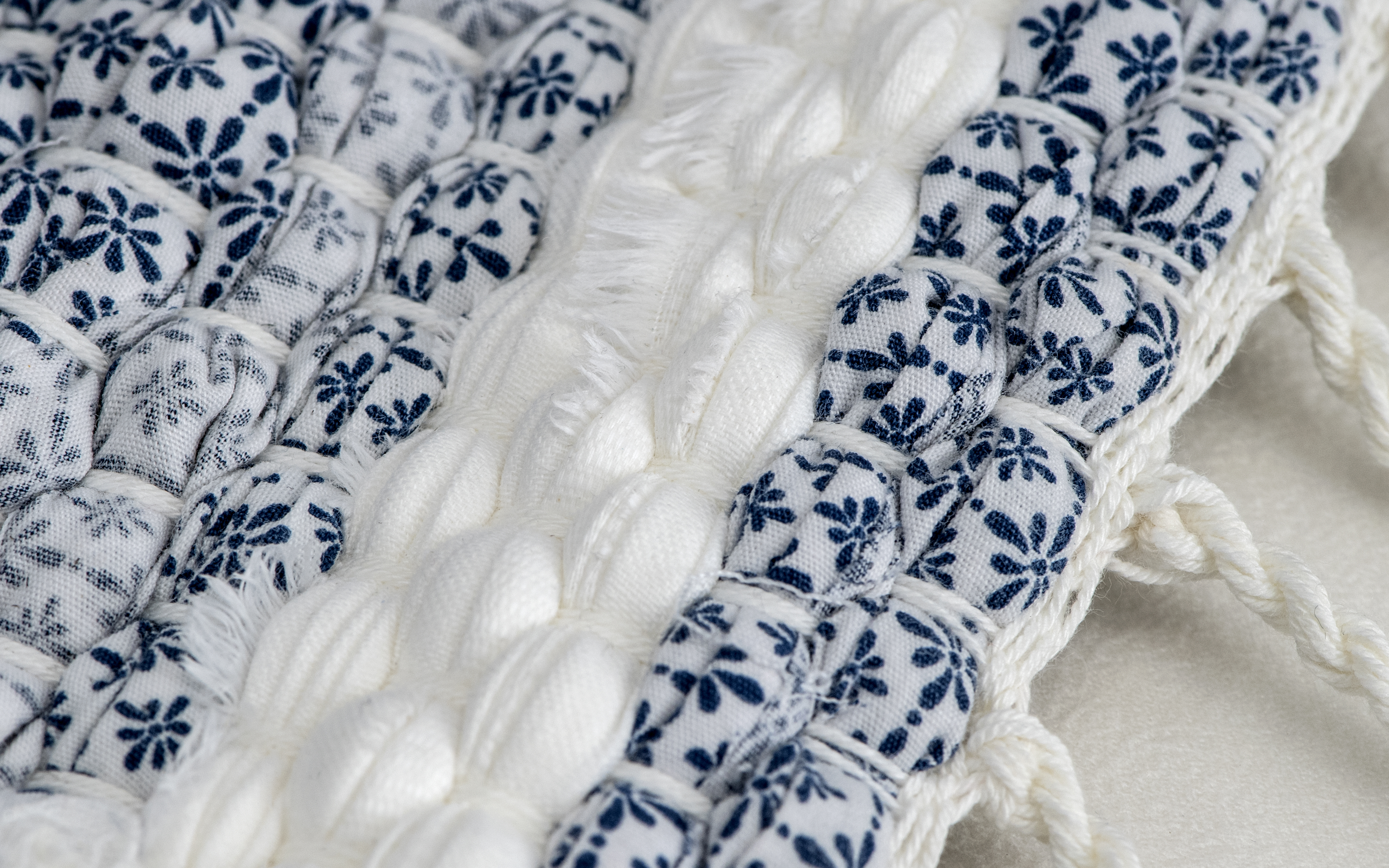
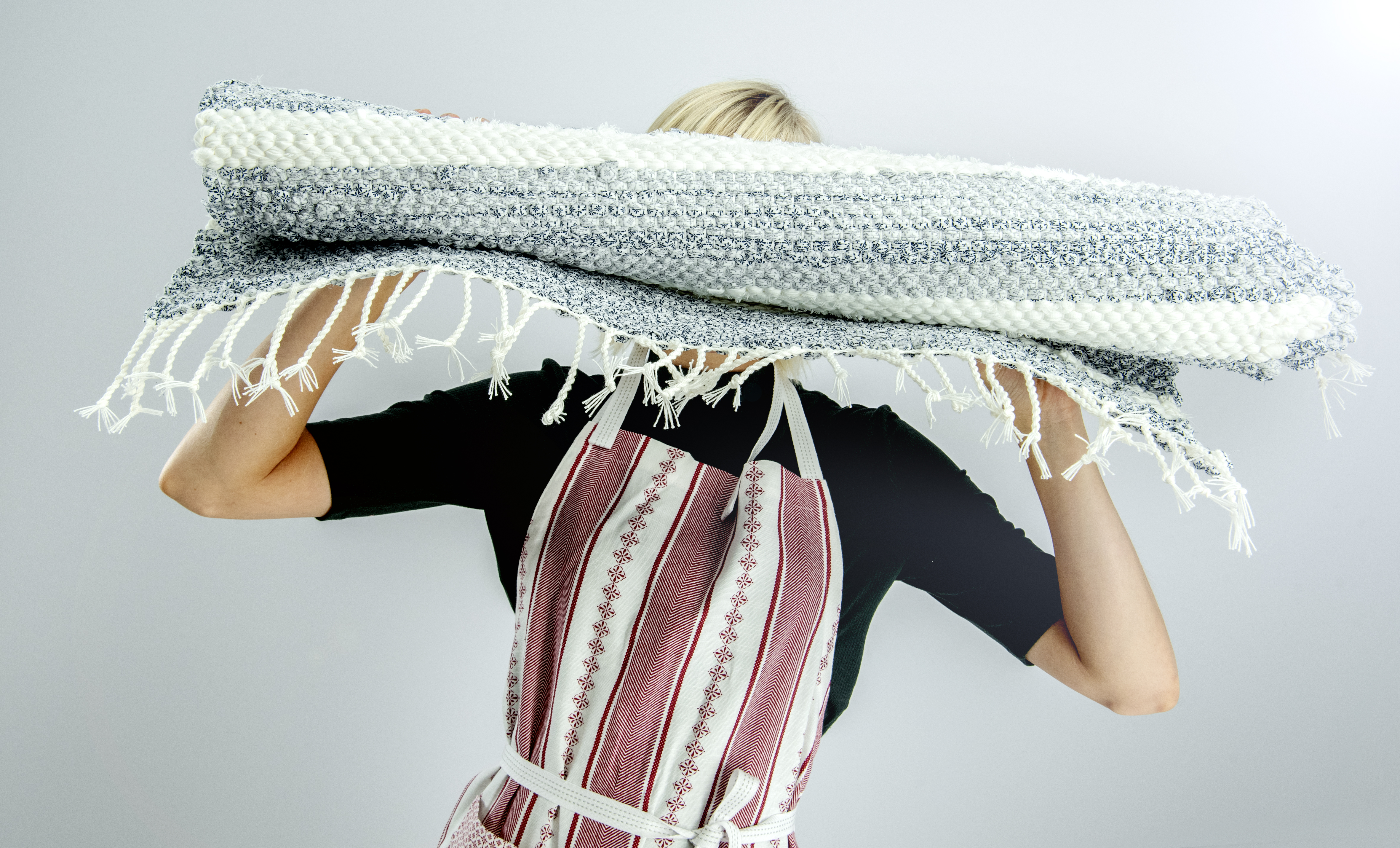





The fashion industry is facing problems with overproduction and leftover clothes. One way of addressing these problems is by being creative with clothes seen as “dead garments”, such as garment returns and samples from product development. Turning men’s styles into women’s styles, changing garment shapes, adding prints and details can bring new life to these garments – making them attractive to consumers again.
One way to make remake an attractive business opportunity for established fashion brands is through microfactories. A small-scale textile production line that include all the necessary steps, from sketch and cutting tables to sewing and even product photography.
The result could be a mini collection of remade garments, up to date and in line with the demands of today’s customers. Ready to be sold in the online store in less than a week.
All group objects:
Each decision during product development affects sustainability and circularity. To develop products with lower environmental impact, the design team needs to be well aware of each component and process, and their individual and combined effect on the final product and its longevity.
One challenge is having comprehensive knowledge regarding sutainability when it comes to all of the components and processes that are a part of the production and lifetime of the garment. An additional challenge is implementing alternative design methods that do not require virgin components. Ongoing research inspires and shows methods to re-make existing products to have new functionalities and designs with an upgraded look.
With higher traceability when it comes to materials, components, and processes, there are increased possibilities for more conscious decisions. If communicated well, this gives the consumer a better basis for decisions.